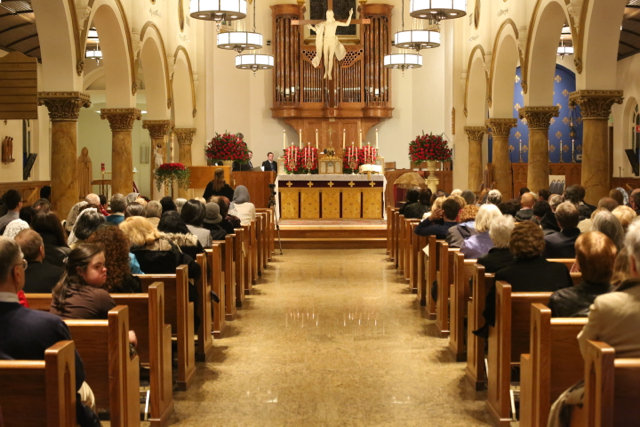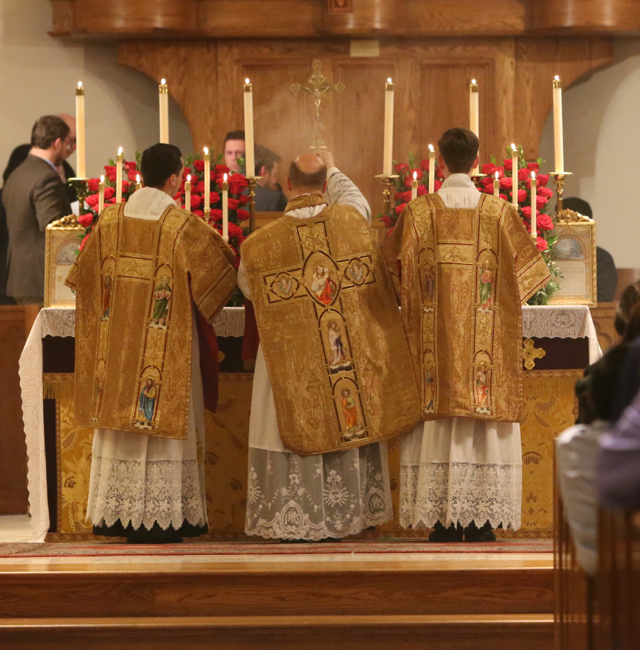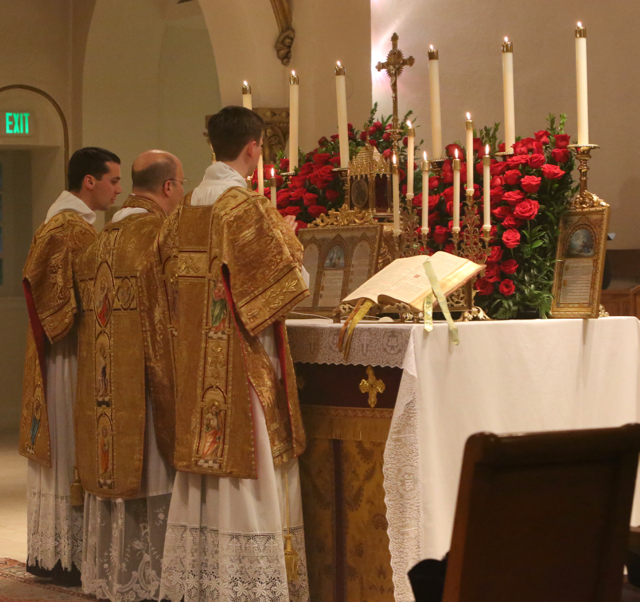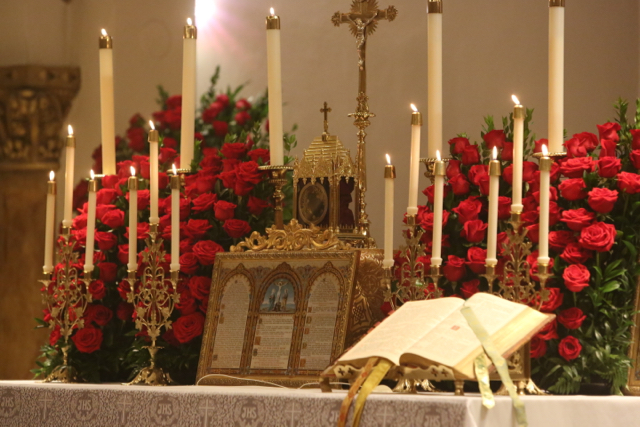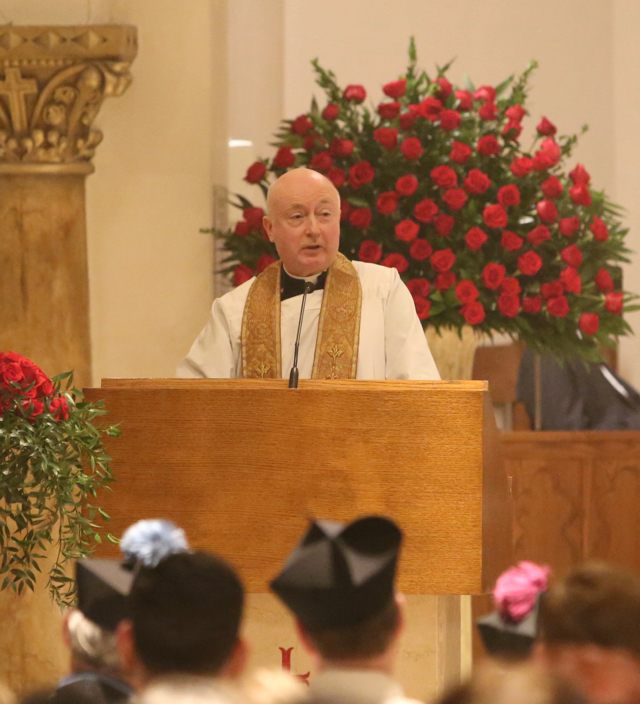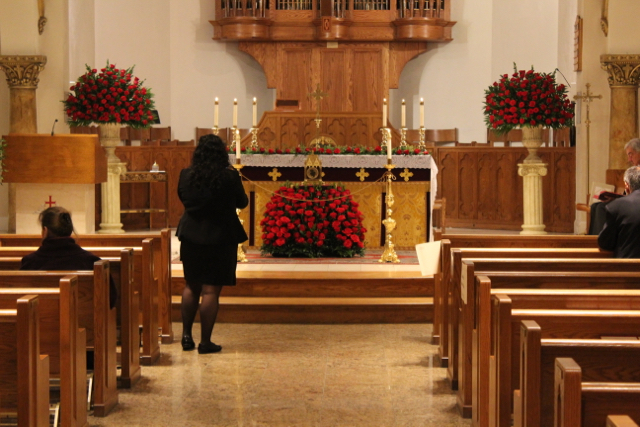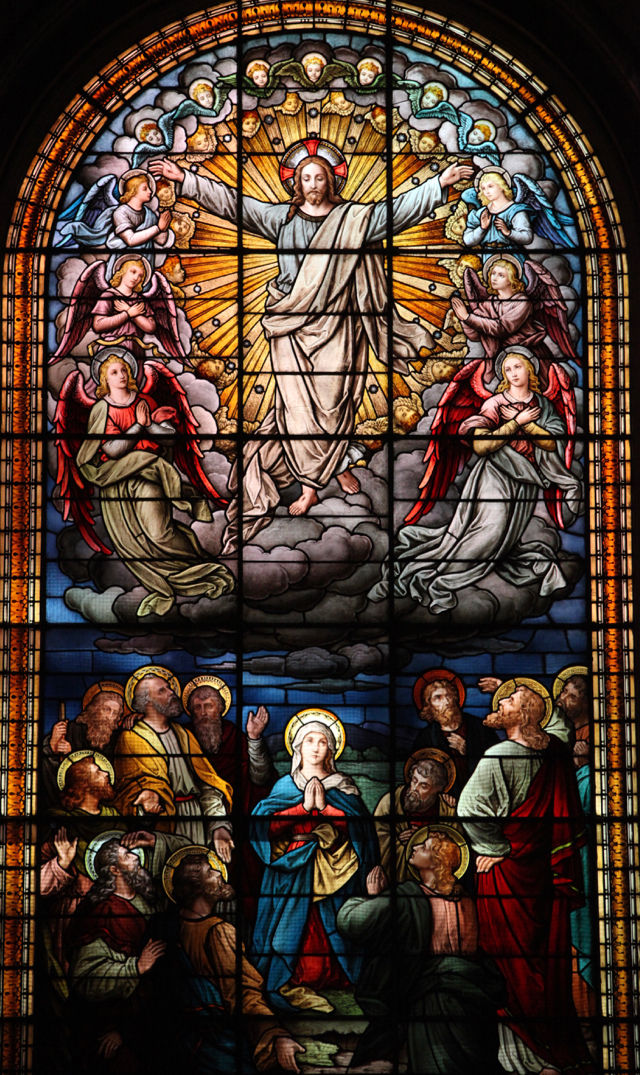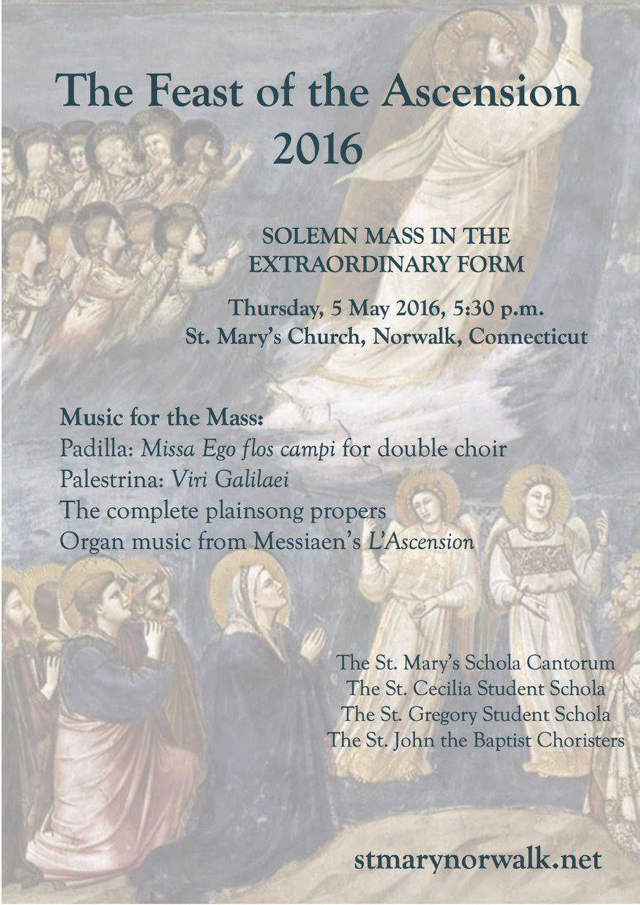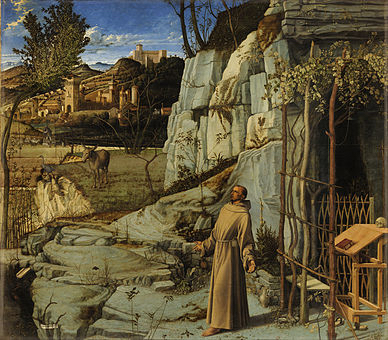There is a daily traditional mass (low mass) every morning, Monday through Saturday, at 7:30am at Our Lady of Mount Carmel Church, 70 Park Hill Avenue, Yonkers, N.Y. For details,call Father Salvatori at 914-433-8596 or at 914-963-4766.
10
May
9
May
Grassroots Agitation
Posted by Stuart ChessmanFor the TLM. From Fox News:
Veiled women, incense, Gregorian chants, kneeling, standing, kneeling again, long periods of silence — think all of this is a scene from a Catholic Mass in 1950?
It was then, to be sure — but it is now also happening every Sunday, and in some places every day, in churches all over the United States. The Latin Mass of years gone by is becoming more popular again.
***
Alfonso DiGirolamo, a lifelong Catholic, started a website, GetTLM.org, to help parishioners bring the Traditional Latin Mass to their own parish. The website includes videos that explain what to expect when attending the Extraordinary Form of the Mass, and it shares resources to help formally introduce parishes to the TLM.
DiGirolamo has been attending the TLM in Philadelphia for more than four years. He learned how to serve as a master of ceremonies for it, which means he’s the adult male altar server who responds in Latin on behalf of the congregation during the Mass and helps direct the altar boys. He explained, “Between the reverence, the prayers, and the adoring respect for the Holy Eucharist, it has become an essential part of my and our prayer life, which is just not available, even in the most reverent, in the Ordinary Form.”
Complete Article HERE.
7
May
From the Latin Mass community in Jersey City:
“Pentecost is always kept with special fervor by the Latin Mass community in Jersey City, NJ, since that is the Feast on which the old rite was resurrected in 2003. This year the Mass will be moved from 9:00 am to 2:00 PM to permit it to be offered with particular care and also to mark the 40th anniversary of the ordination of the Rev. John A. Perricone. Fr. Perricone regularly celebrates Holy Mass for this Latin Mass Community which is now part of the parish of St. Anthony of Padua and also teaches his Aquinas course for the parish. Fr. Perricone, a professor of philosophy at St. Francis College in Brooklyn, has spent his entire priesthood fighting for the integrity of the Faith and has been in the vanguard of liturgical restoration.
The resident choir at St. Anthony’s, Cantantes In Cordibus, will sing Mozart’s Missa Solemnis (KV 337) with orchestra under the direction of Simone Ferrarasi. The Propers will be sung by the Men’s Schola under the direction of Joseph Orchard, PhD. Motets will include Franck’s Dextera Domini, Biebl’s Ave Maria, and Desmet’s Ecce Sacerdos.
A dinner will be held afterward in honor of Fr. Perricone and tickets can be obtained through Dan Marengo. danmarengo@aol.com.
St Anthony of Padua, Jersey City, is a landmarked historic edifice in the Victorian gothic style at 457 Monmouth Street, Jersey City, NJ 07304. 457 Monmouth St, Jersey City, NJ 07302. There is off street parking on 6th Street between Coles St. and Monmouth. The church is walking distance from the Grove Street PATH station.”
4
May
This evening a Solemn Mass was offered at St. Mary Church, Greenwich, in the presence of the incorrupt heart of the Cure of Ars, St. John Vianney.
The church was standing room only.
The incorrupt heart of St. John Vianney in its reliquary on the altar
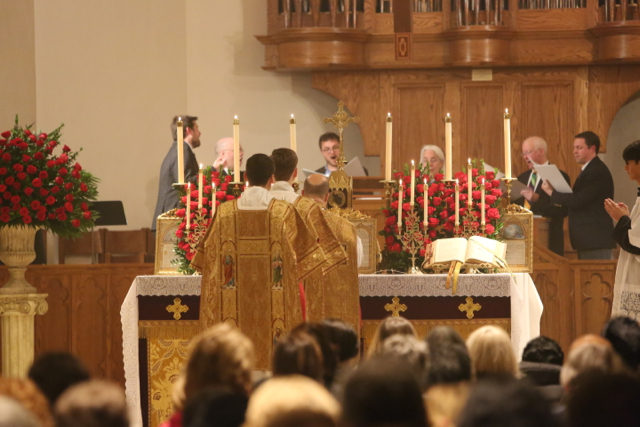
The schola performed Palestrina’s beautiful Missa Papae Marcelli
3
May
Venerating the incorrupt heart of St. John Vianney this evening at St. Mary Church Greenwich, CT. The relic will be at the church until Thursday morning. Tomorrow night there will be a Solemn Extraordinary Form Mass at 7:30 pm, with Fr. George Rutler as homilist.
Full details see link
3
May
Stained glass window is in the Church of the Ascension, New York
This Thursday in the Feast of the Ascension, a holy day of obligation. The following churches will offer the Traditional Mass:
St. Mary Church, Norwalk, CT, Solemn Mass, 5:30 pm
St. Stanislaus Church, New Haven, low mass, 5:30 pm
Church of the Holy Innocents, New York, 8:15 am, 6 pm
Saint Anthony, 1496 Commonwealth Avenue, The Bronx, 10:00 AM
Cathedral Basilica of St. James, Brooklyn, 6:30 pm, Solemn Mass
Our Lady of the Way Chapel at the Culinary Institute, Hyde Park, New York, 5:30 PM
Church of the Immaculate Conception, Sleepy Hollow, NY, low mass, 5 pm
St. Anthony of Padua, Jersey City, 5:30 pm
29
Apr
The Wreck of the Deutschland
Posted by Stuart Chessman(O Deutschland double a desperate name!
O world wide of its good!
But Gertrude, lily, and Luther, are two of a town,
Christ’s lily and beast of the waste wood:
From life’s dawn it is drawn down,
Abel is Cain’s brother and breasts they have sucked the same.)*
Cardinals Kasper, Marx, Lehmann and Schoenborn – all from the German – and “Greater German” – world, have been among the most vocal protagonists of Amoris Laetitia and of the process leading up to that document. They (rightly) see it as confirming and endorsing their own opinions and longstanding course of action. Their own surveys, however, have shown that these policies have brought Catholicism in the German lands to the brink of extinction. Truly it is The Wreck of the Deutschland! It does seem now that the catastrophe, which has overwhelmed the Church in Germany (and Western Europe) will spread worldwide. Continuing the nautical metaphor, Luc Perrin says:
The good ship Kasperic – like its ancestor the Titanic – is sinking: in the midst of exhilaration and slowly by reason of divine mercy but nevertheless it is taking on water. The music of the orchestra is lively and joyful; the dancers on the bridge are laughing and twirling but the water keeps rising. Yet in the radio room a sailor is tapping out “mayday, mayday, mayday.” There are vessels in the distance on the Catholic sea and lifeboats on the Kasperic. I am more focused on scrutinizing the ocean and launching the lifeboats than letting myself be swept away by the music of the ball…
Source “Le Forum Catholique.”
Yet this same German world has now provided us with the first clear responses to Amoris Laetitia. Athanasius Schneider (what a name!) an auxiliary bishop of German origin from Kazakhstan, has said the first clear episcopal words amid the universal cowardice of the Catholic hierarchy (to the extent, that is, that the bishops don’t actively support Amoris Laetitia)
Analyzing some of the affirmations of AL with an honest understanding, as they are in their own context, one finds that there is a difficulty in interpreting them according to the traditional doctrine of the Church. This fact is explained by the absence of concrete and explicit affirmation of the constant doctrine and practice of the Church, which is founded upon the Word of God and was reiterated by Pope John Paul II.
Text of Bishop Athanasius Schneider.
And now the German philosopher Robert Spaemann speaks out loud and bold:
Article 305 together with note 351, however, in which it is stated that faithful “in an objective situation of sin” “by reason of mitigating factors” can be admitted to the sacraments directly contradicts article 84 of Familiaris Consortio of John Paul II.
The concentration on the above-mentioned passages is, in my view, fully justified. You cannot expect, in a papal magisterial document, that people delight in beautiful passages and ignore decisive sentences, which change the teaching of the Church. There is here only a clear yes or no decision. Give communion or not give communion – there is no middle ground.
The consequences (of Amoris Laetitia – SC) can already be foreseen: destabilization and confusion from the Bishops’ conferences to the individual pastor in the jungle. A thrust for secularization and a further decline in the number of priests in many parts of the world are also be expected.
“Ein Bruch mit der Lehrtradition”
So if the push for Amoris Laetitia largely rests on the support of the higher clergy of the German-speaking countries, the first unambiguous criticism of it – at least from parties who cannot be ignored – also comes from this culture. Perhaps, God willing, the Germans, having very largely contributed to the present crisis, will be among the first to show us the way out of it?
(Thanks to Sandro Magister’s Chiesa and Settimo Cielo)
* Gerard Manley Hopkins, The Wreck of the Deutschland II 20. (Martin Luther and St. Gertrude were both born in Eisleben, Germany)
28
Apr
A Picture in New York
Posted by Stuart ChessmanIn a New Light
Giovanni Bellini’s St. Francis in the Desert
By Susannah Rutherglen and Charlotte Hale
(The Frick Collection, New York
In Association with D Giles Limited. London, 2015)
Not many visitors to the Frick Collection fail to notice a remarkable early Renaissance panel: St Francis in the Desert (also known as St. Francis in Ecstasy). The saint turns away from a dark hermitage at Mount La Verna where he has been engaged in meditation. He rises up to behold a divine light transforming both himself and the resplendent landscape that a spreads out before him. It seems that only through withdrawal and asceticism has St. Francis first been empowered to perceive the beauty of the world about him.
In a New Light is devoted entirely to this work, one of the masterpieces of Giovanni Bellini (1424/35 – 1516) the first supreme master of Venetian painting. The work was created in a society in which the contradictions of later ages had not yet emerged. In was a world in which theology, artistic technique, business and politics, public and private devotion were inextricably intertwined and “mutually enriching” (to apply a recent phrase). The patron was a leading man of the day – but not of the nobility. Both patron and artist belonged to the same lay confraternity. “The size of the panel, the care bestowed on its autograph design and the use of high quality ultramarine in the sky bespeak the work’s prestige and expense.”
It was a work intended for a private home or chapel. St. Francis in the Desert was:
“Among the most detailed of Bellini’s larger pictures, suggesting the work was intended to be scrutinized close up in an intimate setting rather than viewed from afar in a communal one. In the context of personal religious devotion, highly polished works….invite the spectator to embark on a meditational voyage, with the incidental discovery of minute details a reward for prolonged engagement and attentive viewing. (p. 123-24).
For the fact is that the incredible naturalist detail of mountains, towns, clothing plants and animals does not detract from the spiritual significance of this painting but reinforces it. The same can be said of the other innovations of Bellini: the use of oil paints, the depiction of the effects of natural light and of perspective and most obviously the creative departure from the usual iconography of the stigmatization of Saint Francis. Maureen Mullarkey has recently written insightfully on the difference between the “sense of the sacred” embodied in Isenheimer Altar of Grunewald and the “technically” focused, realistic art of Titian. In the case of Giovanni Bellini, however, such a contradiction does not yet exist:
The perceptive treatment of natural light furthers an essential aim of Bellini’s art: to create an illusion so convincing as to draw the spectator into authentic visionary experience, the sense that divinity has become fully and actually present in this world. (p.105)
As the authors state, summarizing the art historian Millard Meiss:
The golden effulgence at the panels upper left hand corner was, (Meiss) argued, the symbol of an “unseen power” that miraculously sealed Francis’s flesh with the stigmata and transformed him into the likeness of God incarnate. Bellini’s spreading landscape supplied a true receptacle for this hallowed light, drawing all creation into ecstatic transformation.
Yet this painting depicts not the stigmatization of St. Francis, but his transfiguration. Francis has indeed become an Alter Christus – but only by first participating in Christ’s suffering. Indeed, In a New Light is almost a course in itself on Franciscan mystical theology of the late middle ages.
Other chapters in this book by the authors and several other contributors tell us all about the history and context of the painting. Its well-documented path from Venice to New York is laid out. The technical findings from the recent restoration are presented. By comparing St Francis in the Desert with other works by Bellini and his contemporaries the authors propose dating the work to 1476-78. And Michael F Cusato OFM traces the picture back to Franciscan vernacular texts that were circulating in Italy at the end of the 15th century. He argues that the painting is not a direct product of the observant friars themselves but of the lay Franciscan environment of urban Venice.
So much can be learned from just one painting! In a New Light is a thorough guide. But before reading about this painting you should first visit the Frick Collection and contemplate St. Francis in the Desert for yourself…
The Catholic Artists Society has announced its annual Mass for Artists on May 26, the Feast of Corpus Christi. A Solemn Mass in the Extraordinary Form will be offered at Our Lady of Pompeii Church in the West Village, New York.
“We pray for all artists, that their hearts might be cleansed and their minds enlightened by the inpouring of the Holy Spirit. We make reparation for the sacrileges, blasphemies, and profanations committed by artists, and we humbly ask our Lord’s pardon and declare our readiness to atone. And we pray for our Holy Mother Church, that it may please God to grant her peace, to guard, unite and guide her throughout the world, so that she may shine freely the light of Beauty, Goodness, and Truth.”
Contact us
Register
- Registration is easy: send an e-mail to contact@sthughofcluny.org.
In addition to your e-mail address, you
may include your mailing addresss
and telephone number. We will add you
to the Society's contact list.
Search
Categories
- 2011 Conference on Summorum Pontifcum (5)
- Book Reviews (95)
- Catholic Traditionalism in the United States (24)
- Chartres pIlgrimage (17)
- Essays (176)
- Events (670)
- Film Review (7)
- Making all Things New (44)
- Martin Mosebach (34)
- Masses (1,343)
- Mr. Screwtape (46)
- Obituaries (15)
- On the Trail of the Holy Roman Empire (22)
- Photos (347)
- Pilgrimage Summorum Pontificum 2021 (7)
- Pilgrimage Summorum Pontificum 2022 (6)
- Pilgrimage Summorum Pontificum 2023 (4)
- Sermons (79)
- St. Mary's Holy Week 2019 (10)
- St. Mary's Holy Week 2022 (7)
- St. Mary's Holy Week 2023 (7)
- St. Mary's Holy Week 2024 (6)
- Summorum Pontificum Pilgrimage 2024 (2)
- The Churches of New York (198)
- Traditionis Custodes (49)
- Uncategorized (1,369)
- Website Highlights (15)
Churches of New York
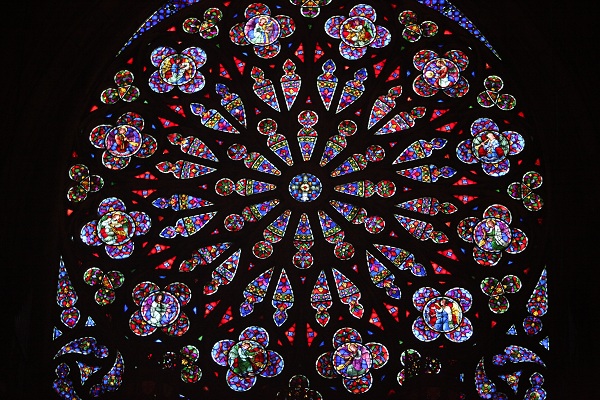
Holy Roman Empire
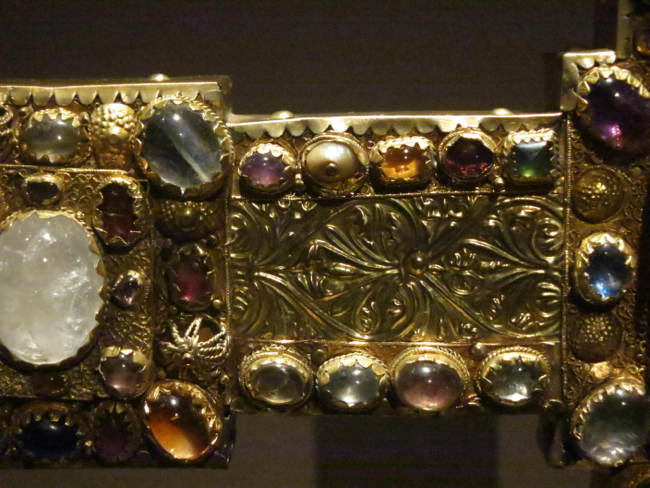
Website Highlights
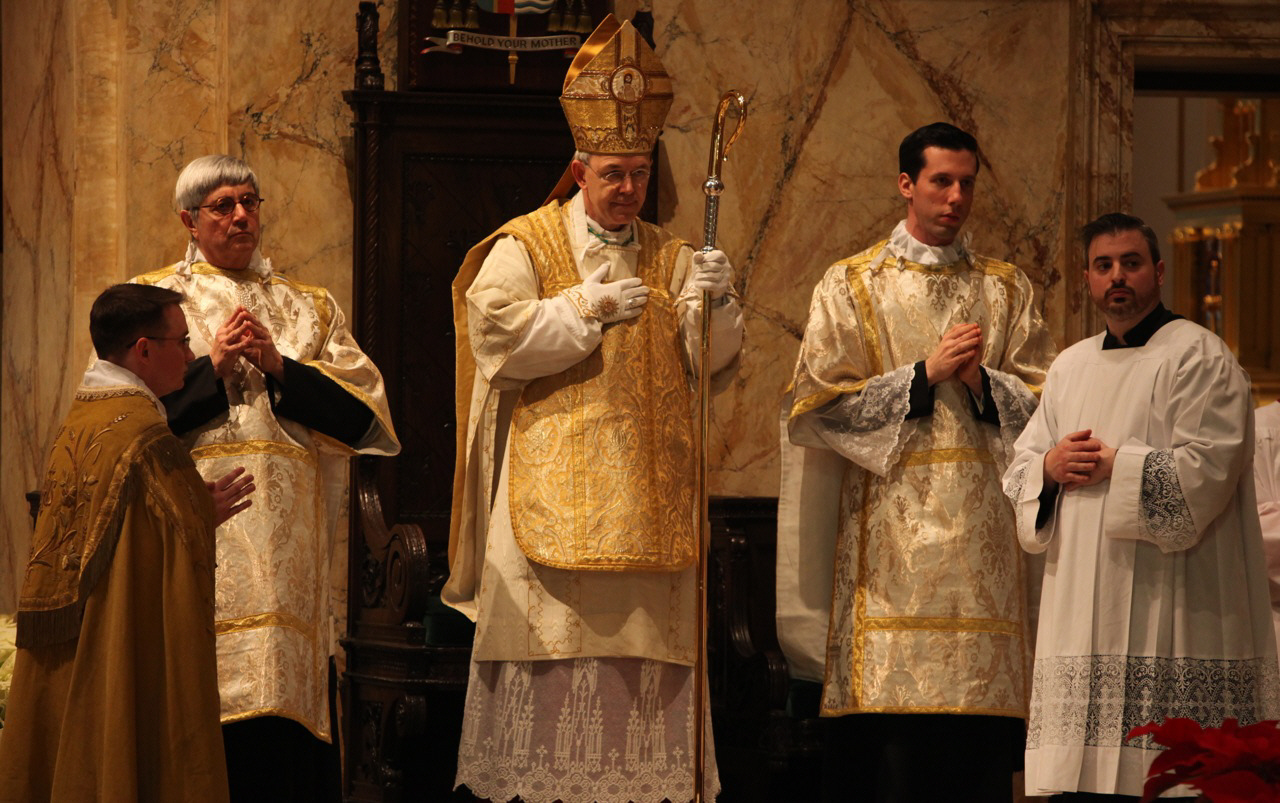
Archives
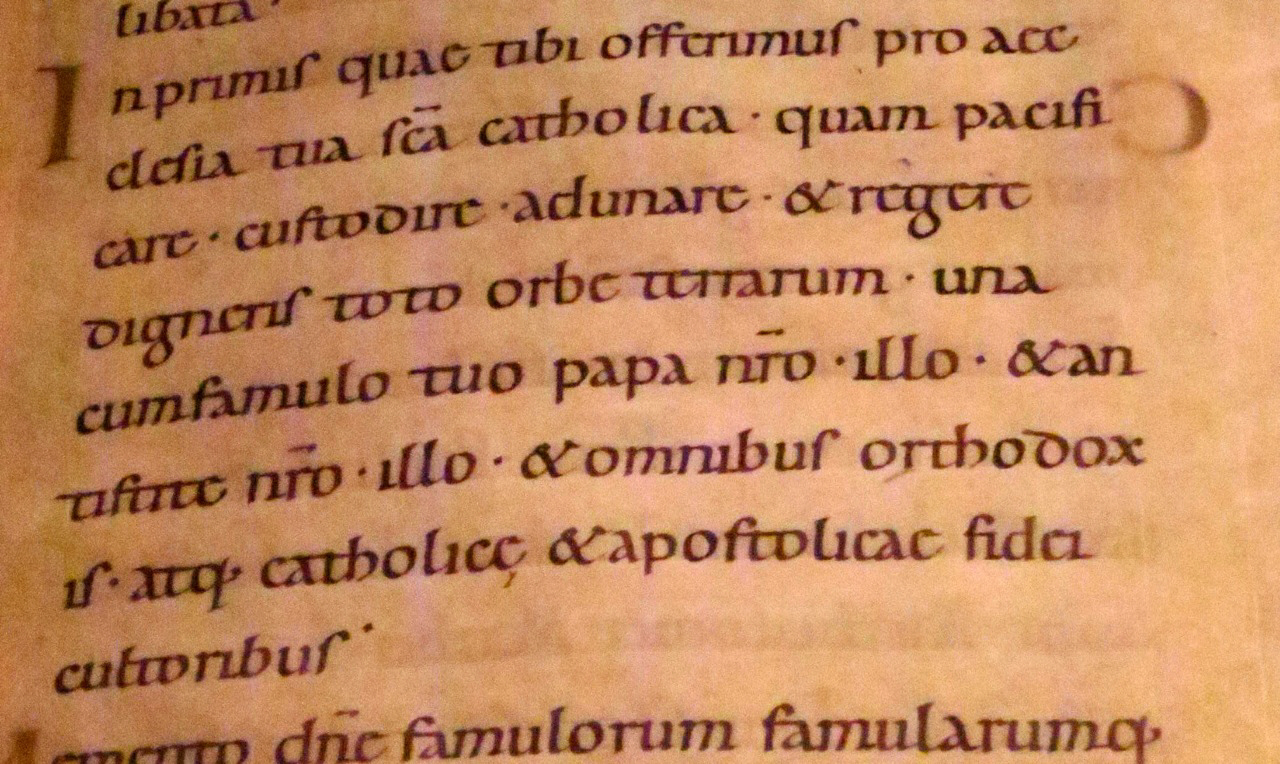
[powr-hit-counter label="2775648"]

